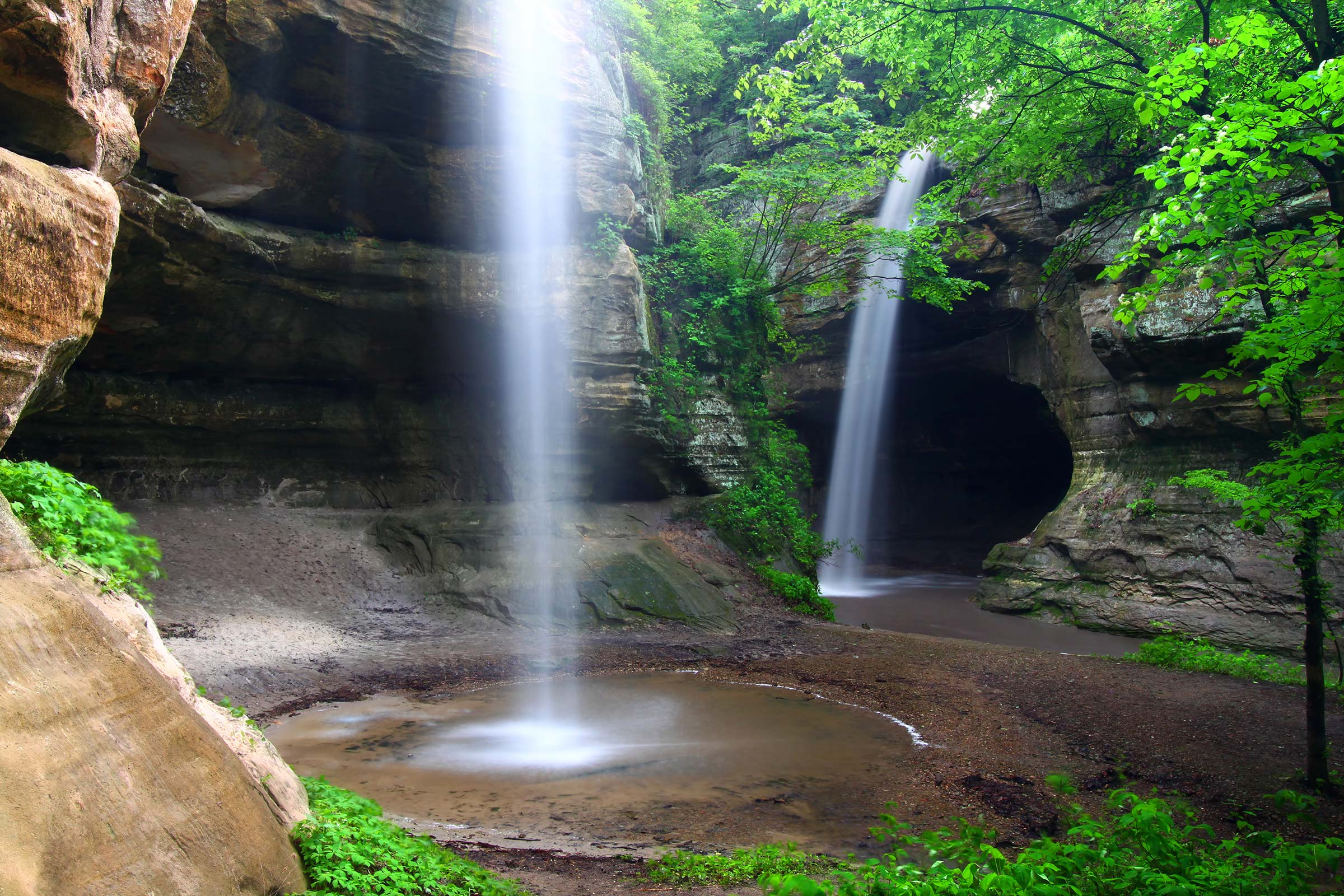Fun hikes near me offer a fantastic opportunity to explore the natural world and enjoy the benefits of physical activity. This guide delves into the diverse interpretations of “fun” when it comes to hiking, catering to various fitness levels and preferences. We’ll explore how to locate nearby trails using online resources and mobile applications, provide detailed descriptions of various trails, emphasizing their unique aspects and potential challenges, and discuss essential safety precautions to ensure an enjoyable and safe experience for everyone.
From choosing the right trail based on distance, elevation, and trail type to understanding the importance of preparation and safety, we aim to equip you with the knowledge to plan and execute a successful hiking adventure. We’ll also cover post-hike activities and how to share your experiences with others, ensuring a complete and enriching outdoor experience.
Defining “Fun”
The concept of “fun” on a hike is deeply subjective, varying greatly depending on individual preferences, physical capabilities, and the overall context of the experience. What one person finds exhilarating, another might find exhausting or even boring. Factors such as the difficulty of the trail, the surrounding scenery, and the social dynamics of the hike all contribute to the overall perception of “fun.”
Diverse Interpretations of “Fun” in Hiking
Factors Influencing the Definition of “Fun”
The experience of a “fun” hike is multifaceted. Difficulty level plays a significant role; a challenging climb might be thrilling for experienced hikers seeking a physical challenge, while a leisurely stroll through a forest might be more enjoyable for those prioritizing relaxation and scenic views. Similarly, the visual appeal of the landscape—whether it’s a panoramic mountain vista, a lush forest, or a tranquil riverside path—strongly influences the perception of fun. Finally, the social aspect is crucial; a hike shared with friends or family can be significantly more enjoyable than a solitary trek, even if the trail itself is identical.
Fun for Different Age Groups and Fitness Levels
A child might find “fun” in a short, easy trail with opportunities for exploration and discovery, like spotting interesting rocks or identifying different plants. An older adult might prioritize a gentle, low-impact hike with stunning scenery and opportunities for rest and contemplation. A young adult in peak physical condition might relish a challenging, strenuous hike involving rock scrambling or steep ascents. The “fun” factor is directly tied to the match between the hike’s difficulty and the individual’s physical capabilities and expectations. For example, a family hike might involve choosing a trail with varying degrees of difficulty to accommodate different fitness levels within the group.
Solo Hiking versus Group Hiking: Contrasting Perspectives
Solo hiking often prioritizes introspection and connection with nature. The “fun” in this context stems from the solitude, the opportunity for self-reflection, and the challenge of navigating the trail independently. Group hikes, on the other hand, emphasize camaraderie, shared experiences, and the joy of exploring together. The “fun” lies in the social interaction, the shared accomplishment, and the collective enjoyment of the scenery. While a challenging trail might be perceived as “fun” by a group working collaboratively, the same trail might be overwhelming or even unpleasant for a solo hiker unprepared for the difficulty. Conversely, a scenic but easy trail, ideal for a relaxed group hike, might be considered uninteresting or unstimulating for a solo hiker seeking a more intense physical or mental challenge.
Trail Descriptions and Reviews
Finding the perfect hike involves considering various factors beyond just distance and elevation gain. This section delves into the specifics of three distinct trails, highlighting their unique features, challenges, and rewards to help you choose your next adventure. We’ll cover terrain, scenery, and essential gear recommendations for a safe and enjoyable experience.
Sunset Ridge Trail
This moderately challenging 5-mile loop trail offers breathtaking panoramic views of the valley below, especially stunning during sunset, as the name suggests. The trail features a steady incline for the first two miles, requiring moderate cardiovascular fitness. The terrain is primarily composed of well-maintained dirt paths with some rocky sections. Navigating these rocky patches requires surefootedness and appropriate footwear. The reward is a truly spectacular vista from the ridge, a perfect spot for a picnic and relaxation. The descent is gentler, offering a more relaxed return journey. Wildlife sightings, such as deer and various bird species, are common.
Essential Gear: Hiking boots with good ankle support, water bottle (at least 2 liters), sunscreen, hat, light jacket (for potential evening chill), energy bars or snacks.
Whispering Pines Trail
This easier 3-mile out-and-back trail winds through a dense pine forest, providing a tranquil and immersive experience. The trail is relatively flat, making it accessible to hikers of varying fitness levels. The primary challenge is navigating the occasional tree roots and uneven terrain, which can be slippery after rain. The reward is the peaceful atmosphere of the forest, the soothing sounds of nature, and the opportunity for quiet contemplation. Wildflowers bloom abundantly in spring, adding a vibrant touch to the scenery.
Essential Gear: Comfortable hiking shoes, water bottle (1 liter), insect repellent, sunscreen, hat.
Eagle Peak Ascent
This strenuous 8-mile trail presents a significant challenge, with a steep elevation gain of 2,500 feet. The trail is rocky and uneven in places, requiring excellent fitness and surefootedness. Hikers should be prepared for a demanding climb, potentially requiring multiple breaks. However, the reward is unparalleled: a breathtaking view from the summit of Eagle Peak, overlooking the surrounding mountains and valleys. The descent can be equally challenging on the knees, so careful steps are crucial. This trail is best suited for experienced hikers in good physical condition.
Essential Gear: Sturdy hiking boots with excellent ankle support, hiking poles (highly recommended), water (at least 3 liters), electrolyte drinks, high-energy snacks, first-aid kit, rain gear (depending on weather forecast), headlamp or flashlight (in case of extended hiking time).
Visual Representation of Hikes
A picture, as they say, is worth a thousand words. However, even without a photograph, we can paint a vivid image of a hiking trail, bringing the experience to life for the reader through descriptive writing. This section will focus on the visual aspects of the “Whispering Pines Trail,” a fictional trail chosen to illustrate the various ways a trail can be described visually.
Whispering Pines Trail Scenery
Imagine stepping onto the Whispering Pines Trail, immediately enveloped by the scent of pine needles and damp earth. Towering Ponderosa pines, their bark a patchwork of rusty orange and deep brown, form a cathedral-like canopy overhead, dappling the trail in sunlight and shadow. The undergrowth is a tapestry of ferns, their fronds unfurling in a vibrant green, interspersed with patches of wildflowers – delicate bluebells, vibrant lupine, and the occasional splash of bright orange Indian paintbrush. Occasionally, a flash of movement reveals a scurrying squirrel or a darting deer, a testament to the trail’s abundant wildlife. The trail itself is a gently winding path, mostly composed of packed earth and occasional rocky outcrops, evidence of the region’s granite bedrock that sometimes peeks through the forest floor. Fallen logs, weathered smooth by time and rain, lie scattered along the path, inviting a moment’s rest.
Whispering Pines Trail Elevation Profile
The Whispering Pines Trail begins with a gradual incline, a gentle climb that eases hikers into the experience. This initial ascent lasts for approximately half a mile, the path rising steadily but not steeply. It’s a comfortable incline, perfect for warming up the muscles. Then, the trail levels off for a short stretch, a relatively flat section that offers a brief respite before the next challenge. After this flat section, the trail climbs more sharply, a steeper ascent that takes hikers up a rocky incline. This section is somewhat strenuous, demanding a bit more effort from the hiker. However, it only lasts about a quarter of a mile before the trail reaches its summit. From the peak, the trail descends gently, a gradual decline that winds its way back down through the forest, mirroring the initial ascent in reverse, offering a comfortable descent.
Panoramic View from Whispering Pines Trail Summit
Reaching the summit of the Whispering Pines Trail rewards hikers with breathtaking panoramic views. To the west, a vast expanse of rolling hills stretches to the horizon, a sea of green punctuated by the occasional farm or ranch. To the east, a sparkling lake reflects the clear blue sky, its surface shimmering in the sunlight. Far in the distance, the snow-capped peaks of a distant mountain range rise majestically, a breathtaking backdrop to the entire scene. Looking down from the summit, the trail itself snakes through the forest below, a slender ribbon winding its way through the green canopy. The overall vista is a breathtaking panorama of natural beauty, a reward for the effort expended in reaching the peak.
Closure
Ultimately, the “fun” in “fun hikes near me” is subjective, dependent on individual preferences and experiences. Whether you’re a seasoned hiker or a beginner, this guide provides the tools and information to find the perfect trail for you. Remember to prioritize safety, prepare adequately, and embrace the joy of exploring the natural world around you. So, grab your boots, pack your essentials, and embark on your next adventure!




